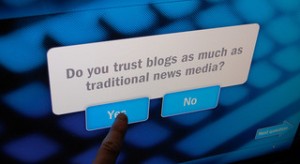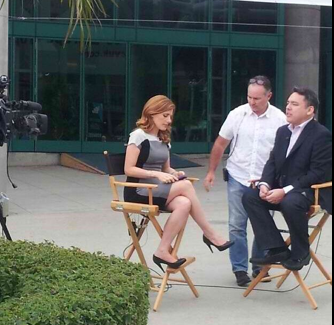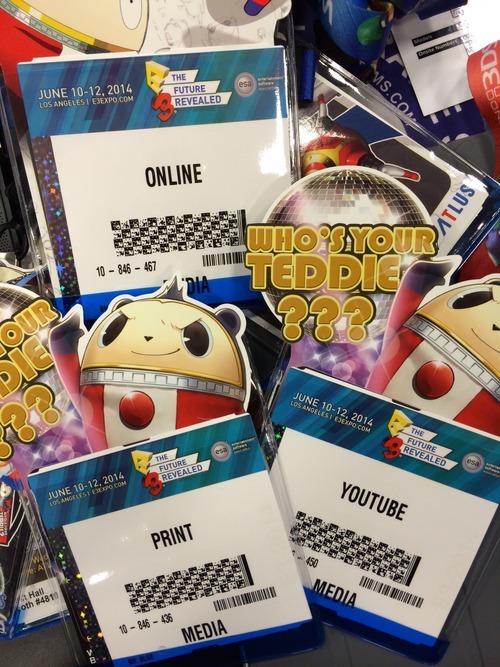 Over the holidays, social habits change. Users spend even more hours on social media, making December a great time of year to connect with your audience. This doesn’t however mean you have to spend extra time posting and Tweeting instead of celebrating. Follow our four easy steps below to help schedule your social media posts.
Over the holidays, social habits change. Users spend even more hours on social media, making December a great time of year to connect with your audience. This doesn’t however mean you have to spend extra time posting and Tweeting instead of celebrating. Follow our four easy steps below to help schedule your social media posts.
Step 1: Pre-plan what to post
- Taking an hour to schedule your posts now will save you hours of time in the future.
- Focus on fun, entertaining and non-intrusive content and remember that a picture is worth a thousand words.
Step 2: Learn how to post effectively
- We recommend utilizing the (free) social media management tool Hootsuite to follow updates and share content with your Facebook, Twitter, LinkedIn, and Google+ accounts. To schedule a post, type it in the composition area, select the accounts you want to post to and then set your time and date in the calendar. Of course, during any kind of local, national or world crisis, cancel all scheduled posts.
Step 3: Decide when to post
- The day and time you post to social media will have a definite impact on the amount of impressions and engagements that your content receives. For example, if you want to schedule a post for Christmas Eve day, choose the morning instead of early evening when many families will be eating dinner and are not likely to be surfing the Web.
Step 4: Keep it real
- Be prepared that opportunities from real-time events can increase exposure and keep your content relevant. If time permits, pay attention to your notifications and respond in real-time to your followers when they interact with your brand. Create calendar alerts or phone reminders to help you remember when to incorporate real-time posts into your holiday social media strategy.
photo credit: Bill Selak via photopin cc








 Last week, when E3 opened its doors to more than 48,900 video game professionals, we commented here on the growing importance of social media in the industry. As the agency responsible for managing E3’s public relations, we credentialed more YouTubers than ever before and the day before the show opened we saw more than 900,000 videos posted.
Last week, when E3 opened its doors to more than 48,900 video game professionals, we commented here on the growing importance of social media in the industry. As the agency responsible for managing E3’s public relations, we credentialed more YouTubers than ever before and the day before the show opened we saw more than 900,000 videos posted.





 A few weeks ago, in our post
A few weeks ago, in our post
Retweet This If You’re Busy
Social media goals, like traditional media goals will vary depending on your business objectives. For some brands, a story in The Wall Street Journal is a win, but for others, all that matters is exposure in Truck Fleet Management magazine. The same goes for social. Sometimes, likes and shares will matter most. Other times, site traffic, and good old-fashioned sales will be the metrics that matter most. And, depending on your audience, the metric might change too.
Take comments – often held up as the ultimate symbol of social engagement success. In some social circles, comments are meaningless. Men, for example, comment more often than women. Statistician Emma Pierson, analyzed one million comments made on New York Times online articles between June 2013 and Jan. 2014. As Pierson noted on Quartz, “Only 25% of comments were made by women, even though 44% of New York Times readers are female.” Other research supports her findings. And working parents – male and female? What are the chances, that after reading your content, they will stop to create a profile, or fill out a Captcha form and drop their two cents on your site? Given how busy their lives are, it’s unlikely. They might, however, share your content on Twitter. After all, retweets are the busy person’s comments.
So before you set your engagement metrics for your next social media campaign, consider your audience and where, when and how they interact online and off. What the pundits say doesn’t matter. How your audience behaves does.